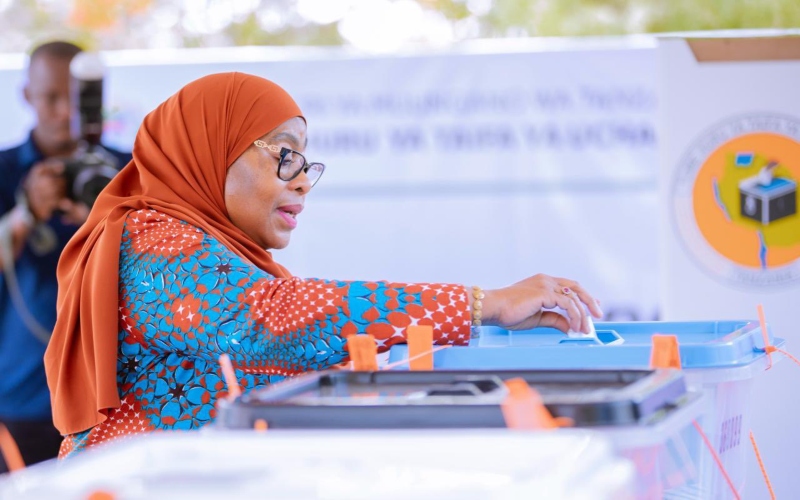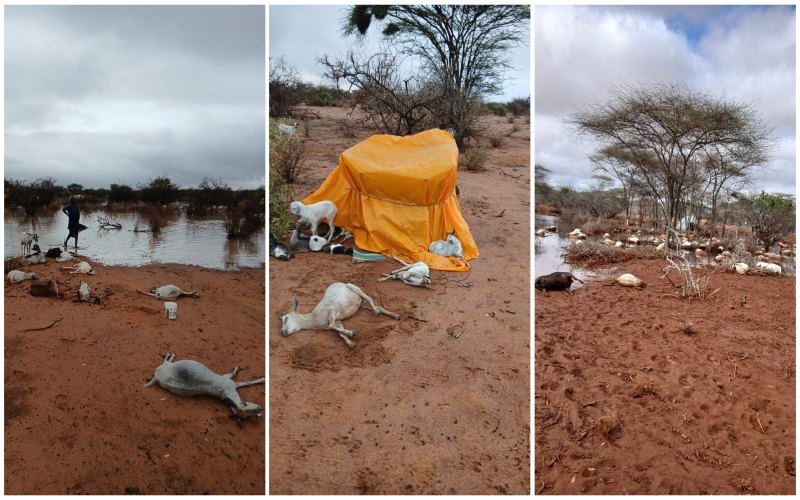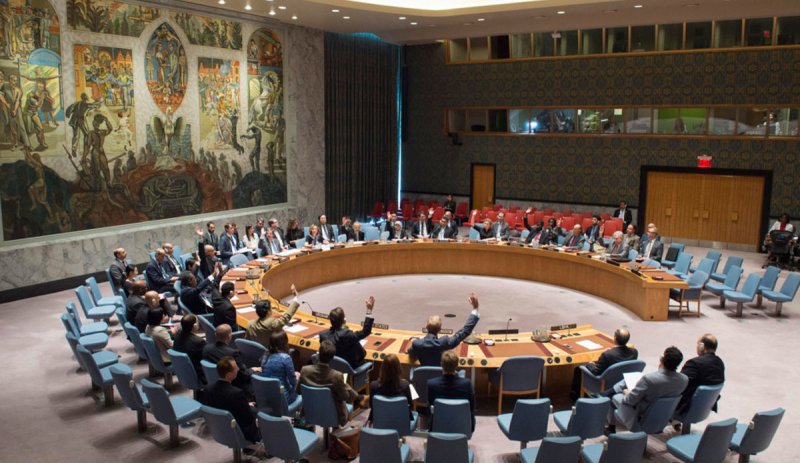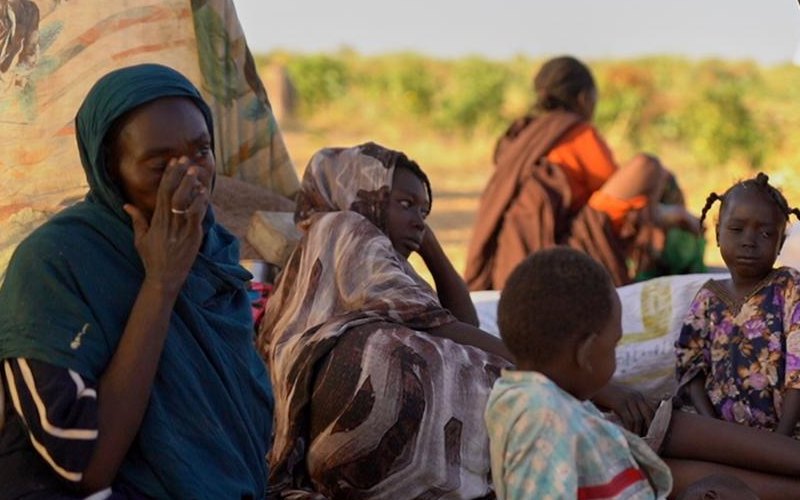‘They told them I was dead': A mother’s pain and the mental toll of family separation on children
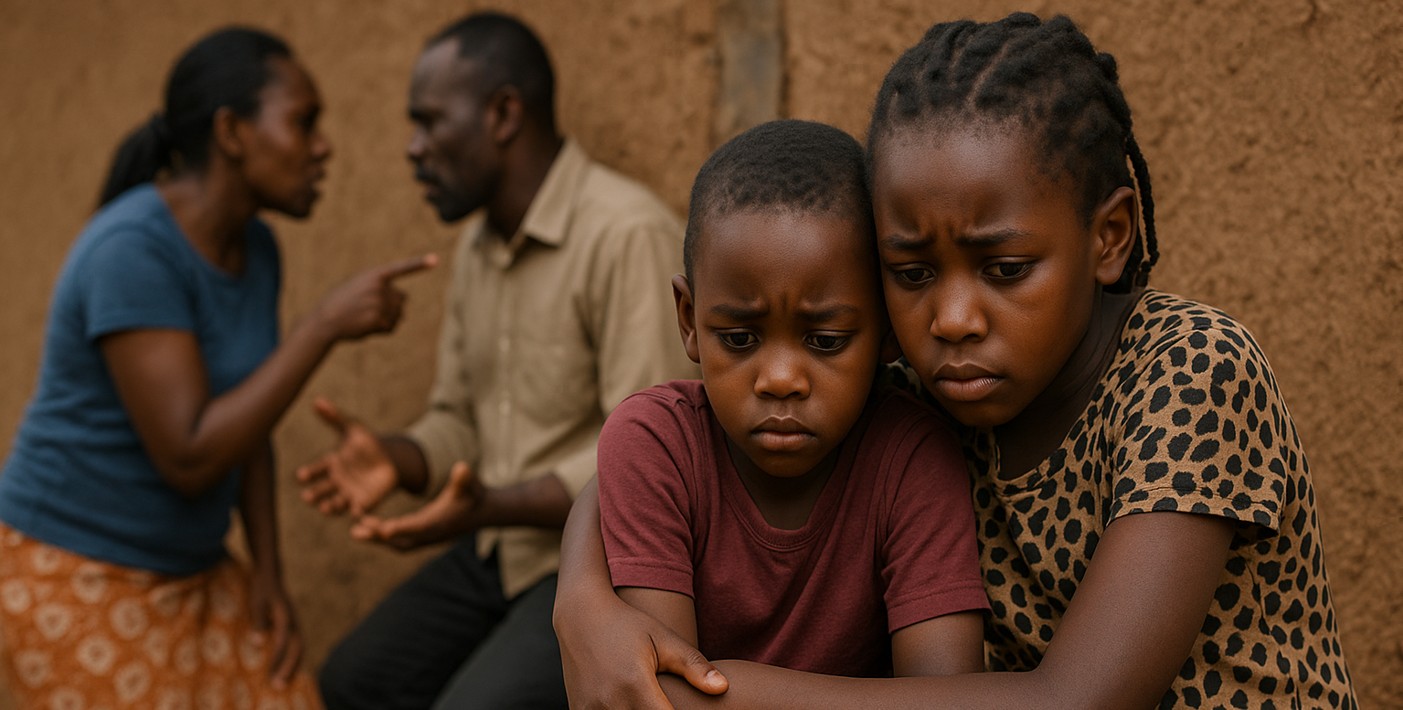
Children are often more affected by separation or divorce than the parents themselves. In her experience, many children may not have the words to express their feelings, but they sense the change deeply — even when adults try to hide it.
Patricia, not her real name, never imagined that walking out of her marriage would cost her everything, especially her children.
She wasn’t trying to disappear or abandon them. She was hurt, betrayed, and desperate to make her husband understand what he had done to their family. Leaving, she thought, might shake him into realising what he stood to lose. But instead of remorse, he retaliated.
More To Read
- Mental health advocates call for community-based support as economic strain deepens
- How to talk to your kids about mental health
- Doctors Without Borders sounds alarm as mentally ill detained in South Sudan prisons
- Former journalist Kimani Mbugua: Fame, mental health struggles and a tragic end
- Scientists discover brain cells linked to depression, offering hope for better treatments
- How conflicts, disasters are taking a heavy toll on Africa’s mental health
He cut her off completely — and worse, took the children with him, placing them under the care of another woman. Patricia, a woman with limited education and no legal power, suddenly found herself outside the walls of her own family, helpless and silenced.
"I thought he would come looking for me... that he would realise his mistake. But he just erased me," she says, her voice trailing off.
For years, Patricia didn’t get to hold her children. She became a shadow in their lives, watching from afar during school visits, hiding behind fences and trees, to see them laugh or play.
One day, she finally gathered the courage to speak to her eldest daughter during a school visit. Her heart was racing, full of hope and fear.
"She looked at me like I was a stranger," Patricia recalls, tears welling up in her eyes. "I will never forget that look. My daughter... unsure if she should even talk to me."
Twisted truth
Patricia later discovered that the children had been told she didn’t want them — that she had abandoned them by choice. The truth had been twisted. Her name became a forbidden subject in their home.
"They were told to pretend I was dead. And they did... because they were just children trying to make sense of the world."
She doesn’t deny that she made a mistake. She left, and she regrets it every day. But she never stopped loving them. Her mistake wasn't a lack of love — it was a decision made in pain, not knowing it would cost her a lifetime of connection.
Now in her 30s, Patricia lives with the quiet ache of losing her children. Every day, she replays the moment she walked away — a decision made in pain, not knowing it would cost her so much.
"I thought he’d come after me. I didn’t know I’d lose everything," she says.
Her children were told she abandoned them, that she didn’t want them. The door to their hearts slowly closed, while she watched from a distance, helpless.
Still, she holds on to hope that one day, they’ll seek the truth.
Other Topics To Read
Emotional limbo
When separation or divorce happens, children are often left in emotional limbo with little to no explanation. Many adults assume they’re too young to understand, but the consequences can be far more damaging than expected. Very few parents take the time to talk to their children or help them process the changes.
As a result, many children struggle with silent pain, often falling into depression, unable to express what they’re feeling simply because they lack the vocabulary or emotional tools to cope.
Mary Akinyi, a counselling psychologist and founder of Aruka Safe Haven, emphasises that children are often more affected by separation or divorce than the parents themselves. In her experience, many children may not have the words to express their feelings, but they sense the change deeply, even when adults try to hide it.
“I’ve spoken to children who genuinely believe they are the reason their parents separated,” she says. “They blame themselves, and that guilt can stay with them for years, often turning into anxiety, low self-worth, or fear of relationships.”
Akinyi explains that this emotional pain can also show up physically. Some children withdraw, cry more than usual, or have trouble eating and sleeping. Younger children may display regressive behaviours like bedwetting, clinging to their parents’ clothes, or refusing to be left alone.
Afraid and confused
“In many cases, the child was used to one parent going to work and returning,” Akinyi notes. “But after the separation, that parent suddenly stops coming home — and with no explanation, the child becomes afraid and confused.”
Teenagers, on the other hand, may experience depression, anxiety, irritability, or even rebellion. Akinyi emphasises that how separation is handled plays a critical role in how children process and cope with the change.
She recalls one instance where a mother told her 8-year-old that the father had cheated. This caused the child to resent deeply, leading to emotional strain and confusion.
“Children don’t need the adult details — they need reassurance and clarity,” Akinyi advises. “Sharing too much or speaking negatively about the other parent often leads to emotional damage. Many children feel torn, abandoned, or even choose sides.”
Akinyi urges parents to work together through separation and seek professional support, if needed. Children also need help adjusting to life changes, like moving between homes, changes in routine, reduced attention, or financial stress.
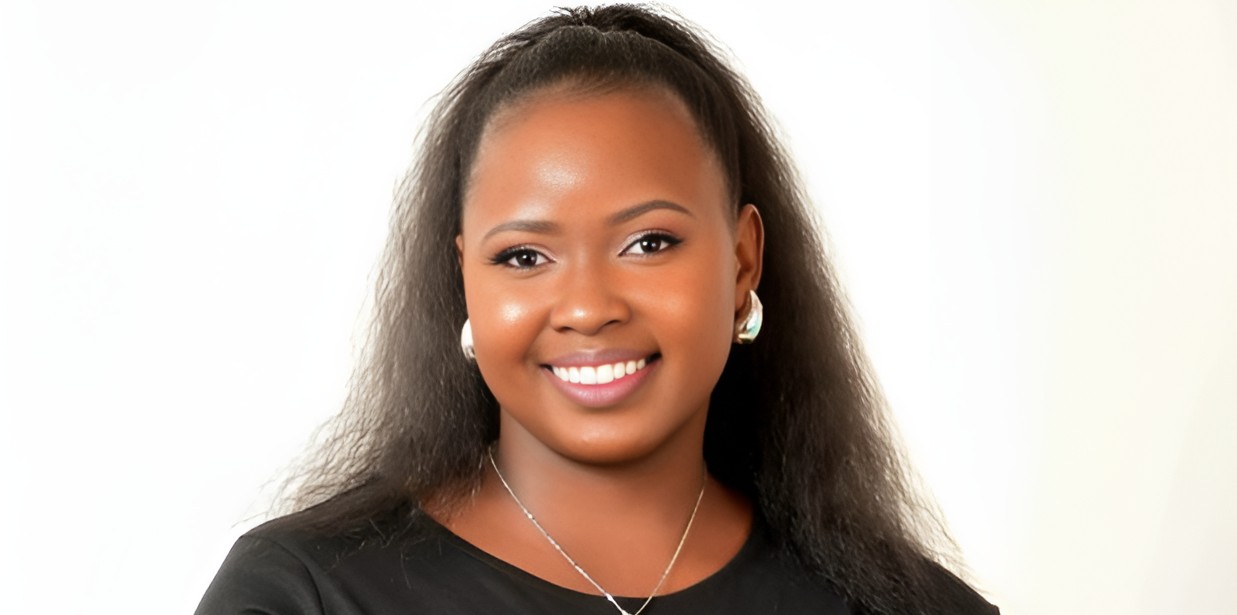 Mary Akinyi, a counselling psychologist and founder of Arukah Safe Haven. (Photo: Handout)
Mary Akinyi, a counselling psychologist and founder of Arukah Safe Haven. (Photo: Handout)
“Don’t assume they’re too young to understand,” she concludes. “Children feel deeply. They need love, stability, and guidance — not silence or blame.”
A recent study has revealed that one in five adolescents in Kenya has experienced four or more Adverse Childhood Experiences (ACEs), placing them at a significantly higher risk for mental health challenges such as depression, anxiety, and exposure to bullying.
Adverse Childhood Experiences (ACEs) encompass a range of traumatic or stressful events that occur before the age of 18. These include various forms of abuse—physical, emotional, or sexual—as well as neglect and household dysfunction. Situations such as domestic violence, parental separation, mental illness in the home, substance abuse, or the incarceration of a family member are also considered ACEs.
The study, titled Adverse Childhood Experiences (ACEs): From Research to Policy Action, was led by the Brain and Mind Institute (BMI) at Aga Khan University in partnership with the Shamiri Institute. It underscores how early-life adversity—ranging from abuse to family instability—can have long-lasting effects on young people’s mental health.
Findings show that adolescents with higher ACE scores are far more likely to experience psychological distress.
Depression symptoms
Notably, 24 per cent of these adolescents reported moderate to severe symptoms of depression, and 21.4 per cent exhibited signs of moderate to severe anxiety. Elevated adversity scores were also strongly linked to higher incidences of bullying, with boys showing particular vulnerability.
The study also pinpointed specific risk factors. Adolescents who had lost one parent scored 18 per cent higher on the adversity scale than those with both parents alive. Poor academic performance was also associated with increased adversity, with struggling students 15 per cent more likely to report multiple traumatic experiences.
According to the World Health Organisation (WHO), one in six people globally is aged 10 to 19 - a period marked by significant emotional, physical, and social development. These transitions, particularly when combined with poverty, abuse, or violence, can heighten the risk of mental health issues among adolescents.
This stage of life is both crucial and vulnerable. Supporting adolescents through adversity, promoting resilience, and ensuring timely access to mental health care are vital not just for their current well-being but also for their future as adults.
Globally, about one in seven adolescents (14 per cent) is estimated to live with a mental health condition. Yet many of these conditions remain undiagnosed and untreated, leaving countless young people without the support they need.
Mental health struggles can lead to social isolation, discrimination, and stigma—barriers that often prevent young people from seeking help.
Top Stories Today



